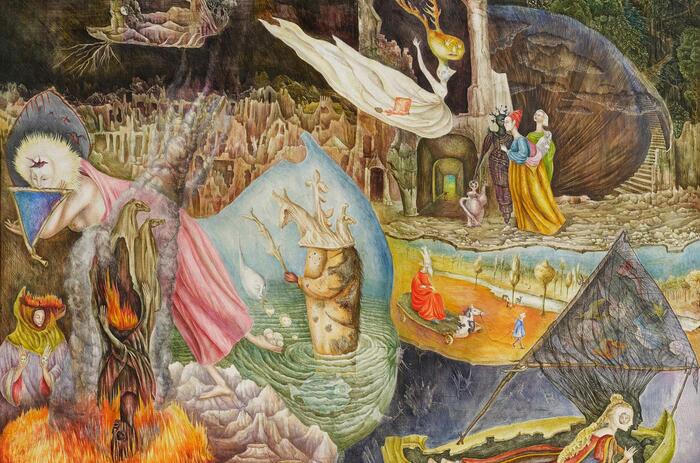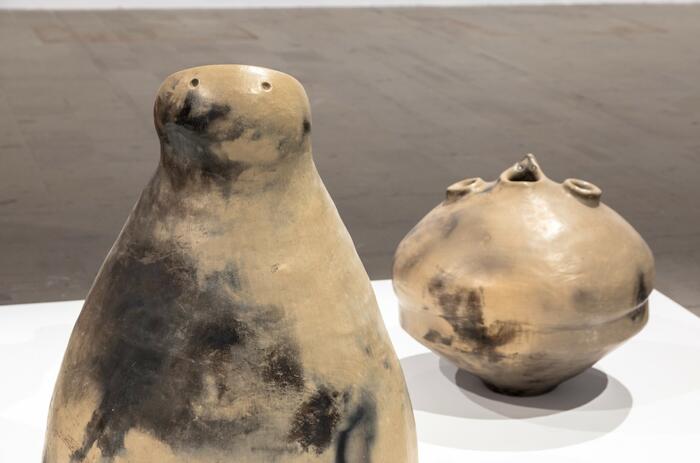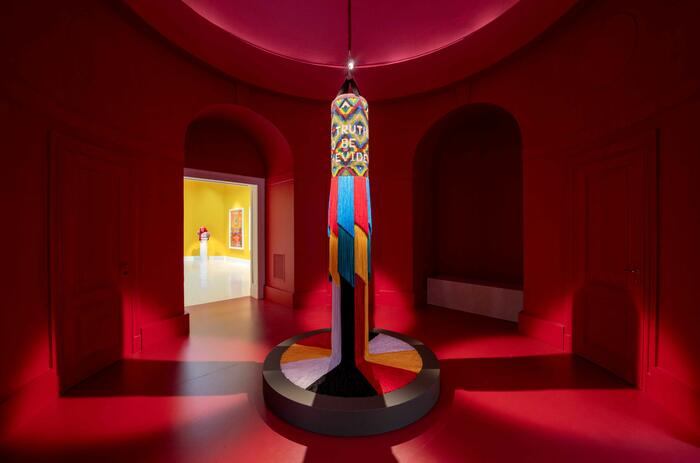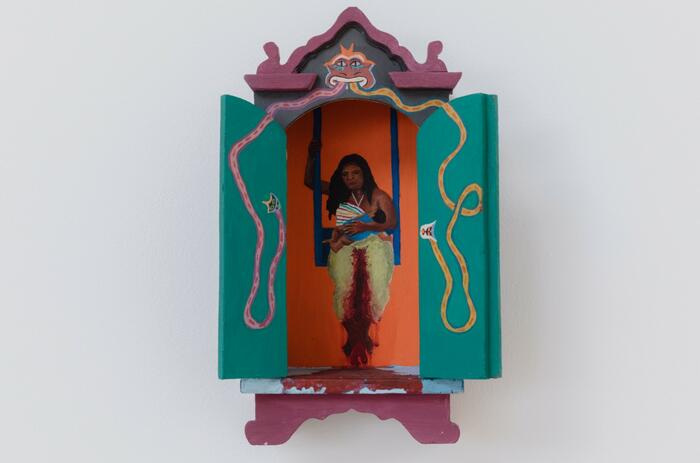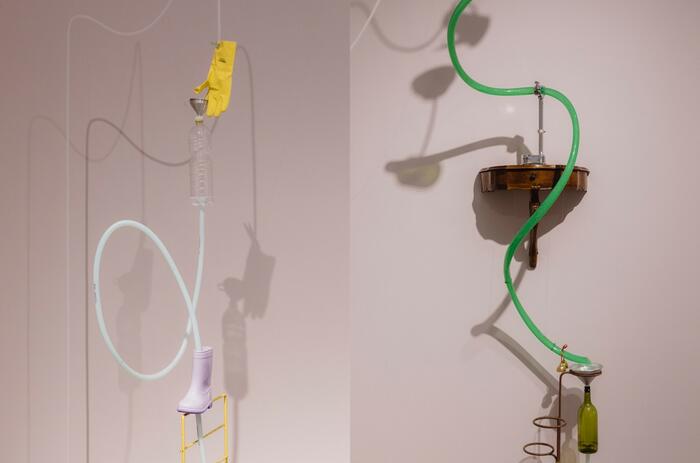MALTA PAVILION AT THE VENICE BIENNALE 2024
Malta’s pavilion at the 60th Venice Biennale presented artist Matthew Attard’s solo project, I Will Follow the Ship. Curated by Elyse Tonna and Sara Dolfi Agostini.
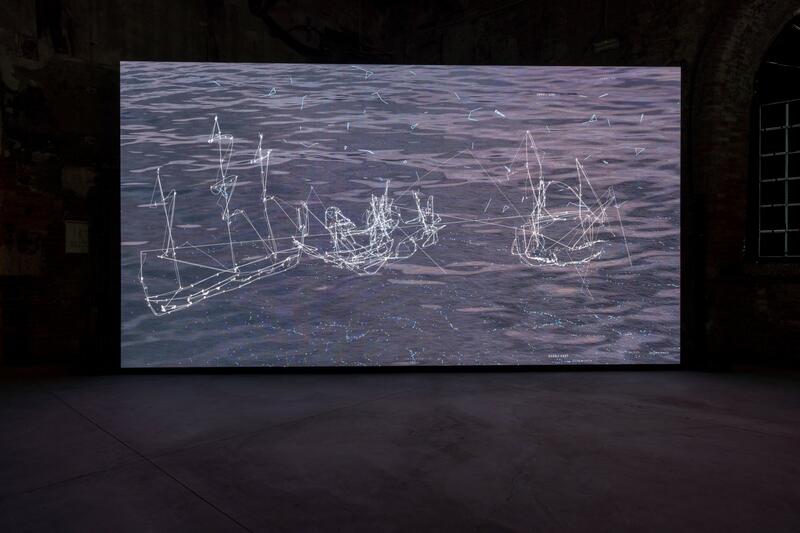
Attard’s exhibition converges historical ship graffiti found across the islands of Malta with digital technology as a contemporary drawing practice. The co-curators of I Will Follow the Ship are Elyse Tonna and Sara Dolfi Agostini. Maria Galea and Galleria Michela Rizzo are overseeing the project’s management, Vincenzo Casali is the consulting architect, and Joey Borg is handling the project’s programming and software development.
In a speech minister Bonnici gave in Venice, he explained how La Biennale di Venezia is one of the most prestigious international institutions in the cultural sector for the presentation and promotion of contemporary art. He said that after a long absence of 17 years, the 60th edition of the Venice Biennale shall mark Arts Council Malta’s fourth participation with its own National Pavilion since 2017, when Malta re-entered the Biennale with “Homo Melitensis: An incomplete history in 19 chapters” exhibition. Arts Council Malta also commissioned Malta’s participation in the 2019 and 2022 editions, with “Maleth / Haven / Port—Heterotopias of Evocation” and “Diplomazija Astuta” respectively.
Matthew Attard investigates the versatility of contemporary drawing, exploring its performative and time- based nature, generating intersections between the physical and digital realms. Attard shares the authorship of his art with an eye-tracker—an advanced scientific tool recently appropriated by corporate entities. To the artist, the eye-tracker is an extension of himself, offering a platform to explore the hybrid territory between humans and machines: a smart collaborator in the production of contemporary art.
In I Will Follow the Ship, he further intertwines digital drawing with historical imagery. The pavilion unfolds as an exploration of the legacy and meanings of ship graffiti, humble drawings and ex-voto motifs found on the façades of wayside chapels in Malta. The meanings of these anonymous ship drawings reverberate today, where computer technology and the Internet have propelled mass artistic emancipation and overturned traditional local centers of power. A parallel is thus drawn between these stone incisions and contemporary digital drawing. In the pavilion, the ships captivate the audience, enabling digital interaction and shared speculative thought. They metamorphose into symbols of hope and uncover concealed truths that lie beneath forecasts, emotions and convictions.

